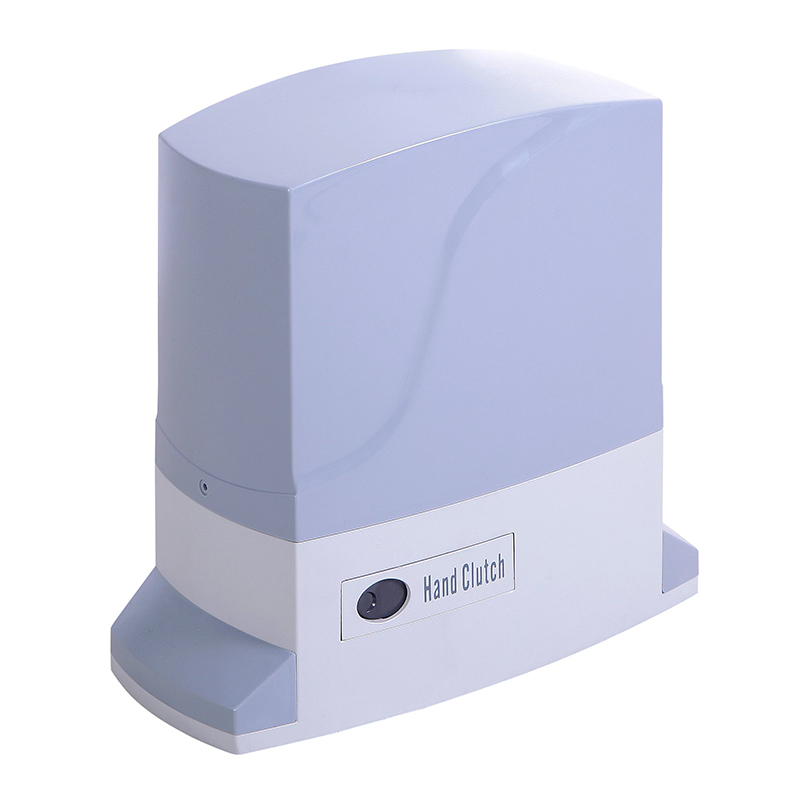Automatic gate openers provide convenience, security, and ease of access for residential and commercial properties. However, ensuring user safety is paramount, as accidents involving automatic gates can have serious consequences. Manufacturers of automatic gate openers are continuously introducing advancements in safety features to prevent accidents and ensure user protection. This article explores the latest innovations in safety features implemented by automatic gate opener manufacturers.

1. Photoelectric Sensors:
Photoelectric sensors, also known as photocells, are commonly used in automatic gate openers to detect obstacles and prevent closing when an obstruction is detected. Manufacturers are introducing advancements such as dual beam technology and adjustable sensitivity levels to enhance accuracy and reliability in detecting obstacles in the gate's path.
2. Pressure Sensors:
Pressure sensors are integrated into automatic gate openers to detect resistance or force exerted on the gate, signaling the system to stop or reverse its operation to prevent accidents. Manufacturers are improving pressure sensor technology to provide precise and responsive detection, ensuring optimal safety for users and preventing gate-related accidents.
3. Auto-Reverse Mechanism:
Automatic gate openers are equipped with auto-reverse mechanisms that automatically reverse the gate's direction of travel upon detecting an obstruction. Manufacturers are enhancing auto-reverse mechanisms with features such as adjustable sensitivity settings and real-time monitoring to ensure timely detection and response to potential hazards.
4. Smart Collision Detection:
Some automatic gate openers are equipped with smart collision detection systems that utilize advanced algorithms and sensor fusion technologies to detect and classify potential obstacles in the gate's path. These systems can differentiate between static objects and moving entities, enabling the gate opener to respond appropriately to prevent accidents.
5. Soft Start and Stop:
Soft start and stop functionality is implemented in automatic gate openers to minimize abrupt movements and reduce the risk of accidents or injuries. Manufacturers are enhancing this feature with smooth acceleration and deceleration profiles, providing a gentle and safe operation of the gate for users and bystanders.
6. Emergency Stop Button:
Automatic gate openers are equipped with emergency stop buttons that allow users to immediately halt the gate's operation in case of emergencies or safety hazards. Manufacturers are improving the accessibility and visibility of emergency stop buttons to ensure quick and easy activation when needed, enhancing user safety.
7. Remote Monitoring and Alerts:
Some automatic gate openers offer remote monitoring capabilities and real-time alerts to notify users of potential safety issues or malfunctions. Manufacturers are integrating these features with mobile applications or cloud-based platforms, allowing users to monitor gate operations and receive instant notifications on their smartphones, enhancing safety and peace of mind.
Conclusion: Advancements in safety features implemented by automatic gate opener manufacturers are enhancing user protection and preventing accidents in residential and commercial settings. From photoelectric sensors and pressure sensors to auto-reverse mechanisms, smart collision detection systems, soft start and stop functionality, emergency stop buttons, and remote monitoring capabilities, these innovations prioritize safety and ensure optimal protection for users and bystanders. As technology continues to evolve, we can expect further advancements in safety features that will continue to improve the overall safety and reliability of automatic gate openers.